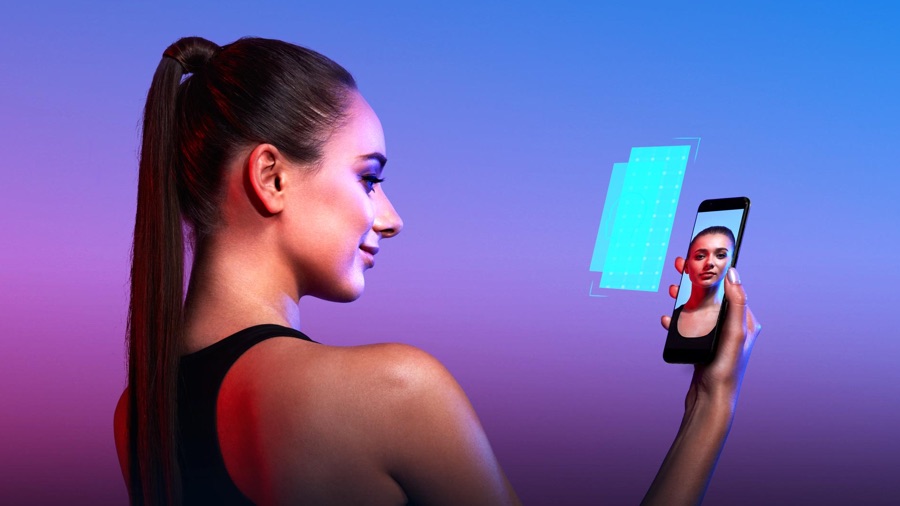
When we point our smartphone camera, tap on the screen and take a picture, it’s easy to forget, photography hasn’t always been as simple as it is today – but that’s the illusion of AI – what appears simple is in fact, incredibly complex.
Phones like the Honor View10 are powered by the Kirin 970 processor, with AI at its heart. It sees through the dual lenses around the back, identifies what it’s looking at using its Neural Processing Unit and captures your memories in stunningly high-resolution.
But how did we arrive at the age of AI photography and what will smartphone photography look like in the future? Taking a look at the past will help answer both these questions:
AI and photography: From dry plates to film
As little as 20 years ago, digital cameras were anything but the norm – and the idea of a camera on your smartphone? Science fiction!
In the 1800s, big sheets of silver plated copper, coated with light sensitive solutions were capturing memories and pausing time. These were incredibly manual, cumbersome, expensive bits of kit wielded almost exclusively by professional photographers.
The migration from these single exposure rigs to film started in 1888, when George Eastman released his first camera, which he called the “Kodak”.
The Kodak was simple to use and came with enough film for 100 exposures in each roll. The whole experience was more automated, though was still a world away from AI.
AI and photography: From film to digital
In the 1990s, automation hit new heights as digital cameras mainstreamed.
Thanks to digital, things were easier and quicker. Photographers didn’t have to wait for film to develop, they didn’t constantly have to buy new film, and memory cards offered an unprecedented capacity upon which to store photos.
Digital also introduced some less obvious advancements in imaging. On-device processing meant cameras were able to automatically fine-tune pictures by bumping up saturation, dropping exposure and upping contrast based on rote algorithms to create what the camera ‘thought’ would make the best picture.
Once again, automation won-out, this time, marking the dawn of AI in photography.
AI and photography: Smartphones
Now, this photo optimisation has reached new levels of intelligence thanks to true AI.
Take the Honor View10: It can recognise a multitude of scenarios, customising your pictures to make the focal point pop, whether it’s a cat, dog, landscape or night shot.
Taking advantage of the 20MP + 16MP rear cameras and dual-f/1.8 apertures, the Honor View10’s dual-lens zooming retains clarity to get you closer to your subject.
Both the rear and front camera can also understand depth, blurring out the background or foreground of your pictures for stunning bokeh in group shots and selfies.
And if you want to have a little bit of fun with your photos, the Honor View10 combines AI and AR to overlay fun filters in real-time.
You can even swap out your background, so you could be in London one minute and Paris the next.
AI and photography: The future
With the trend being towards AI and automation, we can make an educated guess that tomorrow’s camera phones will seem even simpler, but be infinitely more complex.
Will they automatically reframe your pictures to give you the best composition possible? Will they alert you when you’re nearing a spot where you can capture a mind-blowing shot? Will they hit the shutter-release button when the timing is perfect so you don’t have to?
Only time will tell, but one thing is for sure - thanks to the Honor View10 and Kirin 970, what we thought was the future of AI photography is here today.
What is AI? Watch our explanation, brought to you by Honor
The Honor View10 pricing starts at £449.99.
Want to know more about camera tech and the future of phones? Check out Honor’s website. #Honor #ForTheBrave
Get daily insight, inspiration and deals in your inbox
Sign up for breaking news, reviews, opinion, top tech deals, and more.